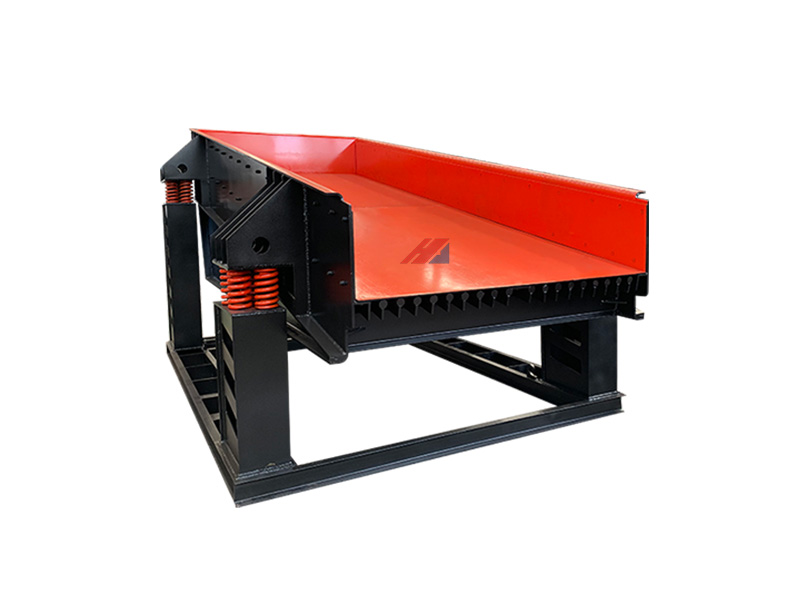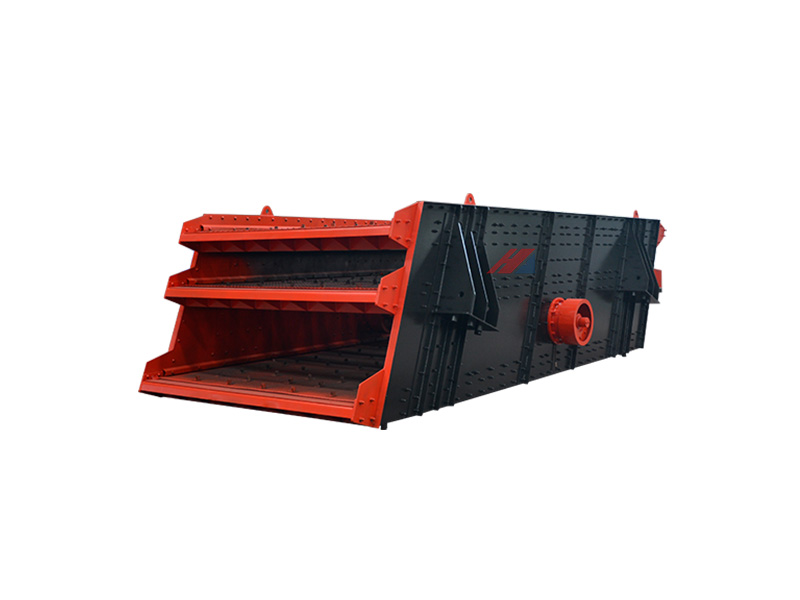Limestone, a common non-metallic ore, is widely used in construction, cement manufacturing, and other industries due to its moderate hardness and widespread availability. Choosing the right limestone crusher is crucial for ensuring production efficiency, product quality, and operational costs. The performance of limestone crushers is influenced by several key parameters, which determine the equipment's basic capabilities and its adaptability and economic efficiency under specific conditions. Here are the key parameters to consider when selecting a limestone crusher:
Crushing Chamber Design
- The design of the crushing chamber affects the movement and stress distribution of the material during the crushing process. A well-designed chamber improves crushing efficiency and reduces over-crushing.
Motor Power
- Motor power determines the crusher's processing capacity and crushing force, directly impacting operational efficiency. Higher power generally means greater crushing ability but also increased energy consumption. Efficient motor and drive system design can reduce energy loss and improve overall energy efficiency, affecting operational costs. When choosing, consider energy efficiency and opt for crushers with high efficiency and energy-saving features to minimize long-term energy consumption and costs.
Feed Opening Size and Output Particle Size
- Feed Opening Size: Limits the maximum size of the material that can be processed, affecting the need for pre-treatment.
- Output Particle Size Range: Adjusts the internal structure of the crushing chamber to produce different particle sizes. Flexible equipment that can adapt to various production needs is preferable. These parameters directly impact the crushing effect and subsequent processing steps. Choose based on raw material characteristics and final product specifications to ensure the crusher effectively reduces material size to the desired range.
Crushing Ratio and Throughput Capacity
- Crushing Ratio: Reflects the degree to which the material size is reduced after a single pass through the crusher. A high crushing ratio means the equipment can significantly reduce material size, improving efficiency and reducing energy consumption, especially for medium-hard materials like limestone.
- Throughput Capacity: Indicates the amount of material the equipment can process per unit of time, typically measured in tons per hour (t/h). Choose based on production scale and needs to ensure the equipment meets daily production requirements without being oversized or undersized.
Durability of Wear Parts
The durability of wear parts affects the stability and maintenance costs of the equipment. Using high-quality wear-resistant materials for key components, such as hammers and liners, can extend equipment life, reduce downtime, and lower maintenance costs.
Model Selection
Different types of crushers, such as heavy hammer crushers, impact crushers, and double-roll crushers, are suitable for limestone crushing but have different specific parameters. For example:
- Heavy Hammer Crusher: Focus on hammer material, quantity, rotor speed, and adjustable output particle size range.
- Impact Crusher: Consider the shape of the crushing chamber, hammer material, and the flexibility of adjustment mechanisms.
- Double-Roll Crusher: Examine roller diameter and length, roller surface material, and ease of gap adjustment.
In summary, the performance of a limestone crusher is determined by a combination of various parameters. From basic physical structure to efficient crushing capabilities, each parameter influences the overall performance. When selecting or designing a limestone crusher, consider actual production needs and economic benefits, compare product parameters from different manufacturers, evaluate user reviews and after-sales services, conduct on-site inspections, and trial runs to choose the equipment that best fits your production conditions.
As a leading player in the mining machinery industry, Hengbo Rui's heavy hammer crushers are known as "Limestone Crushing Experts." These crushers are made from high-strength wear-resistant materials, with core components precision-machined and heat-treated to ensure long-term stability and excellent durability. With advanced manufacturing standards, cutting-edge crushing technology, optimized chamber design, and power systems, they significantly enhance single-pass crushing effectiveness while ensuring uniform discharge particle sizes, making them highly favored by mining and construction material companies. Available in a wide range of capacities from 150 tons to 3000 tons per hour, these crushers cater to both small-scale operations and large industrial production lines, effectively meeting various production needs. For more information, we look forward to your inquiry!





